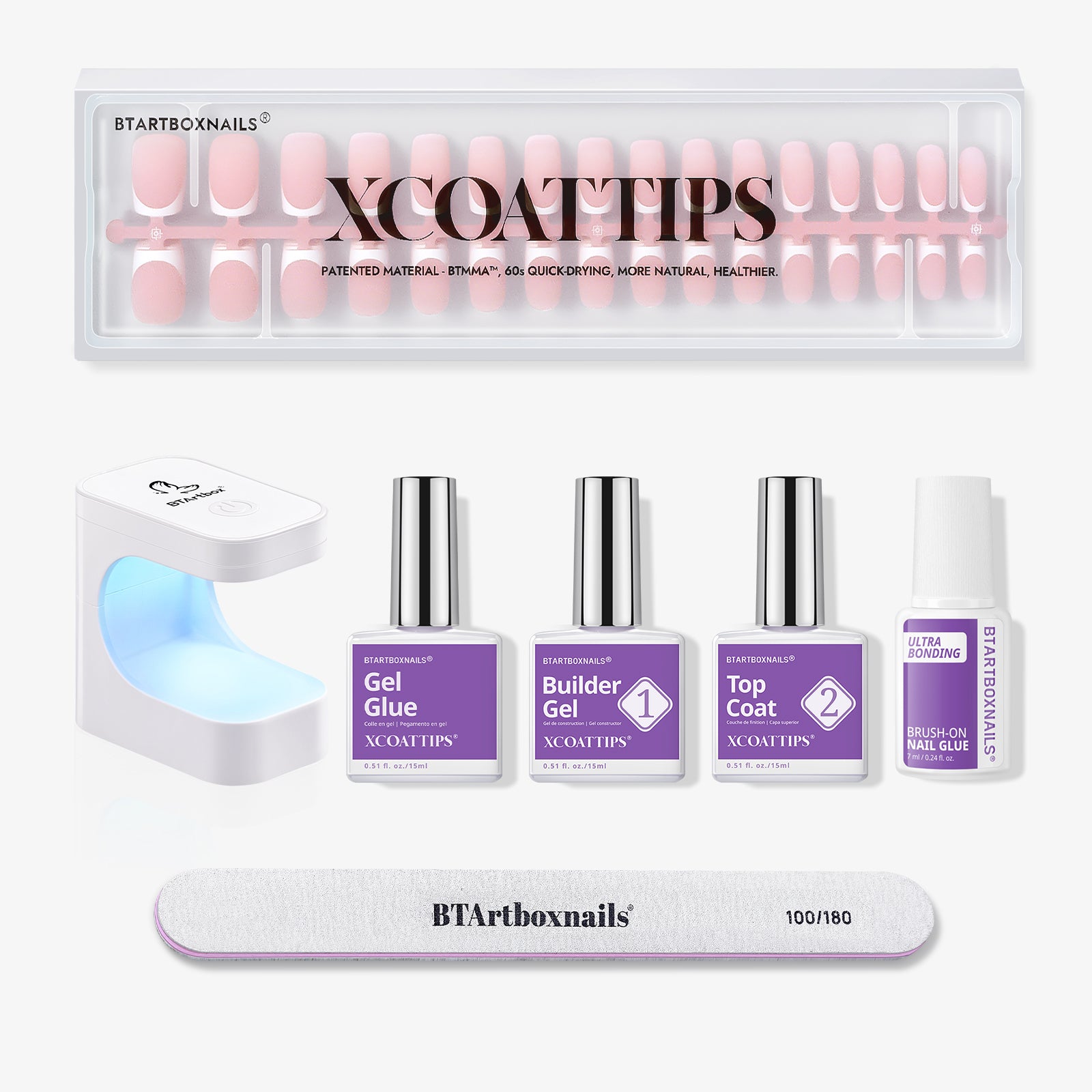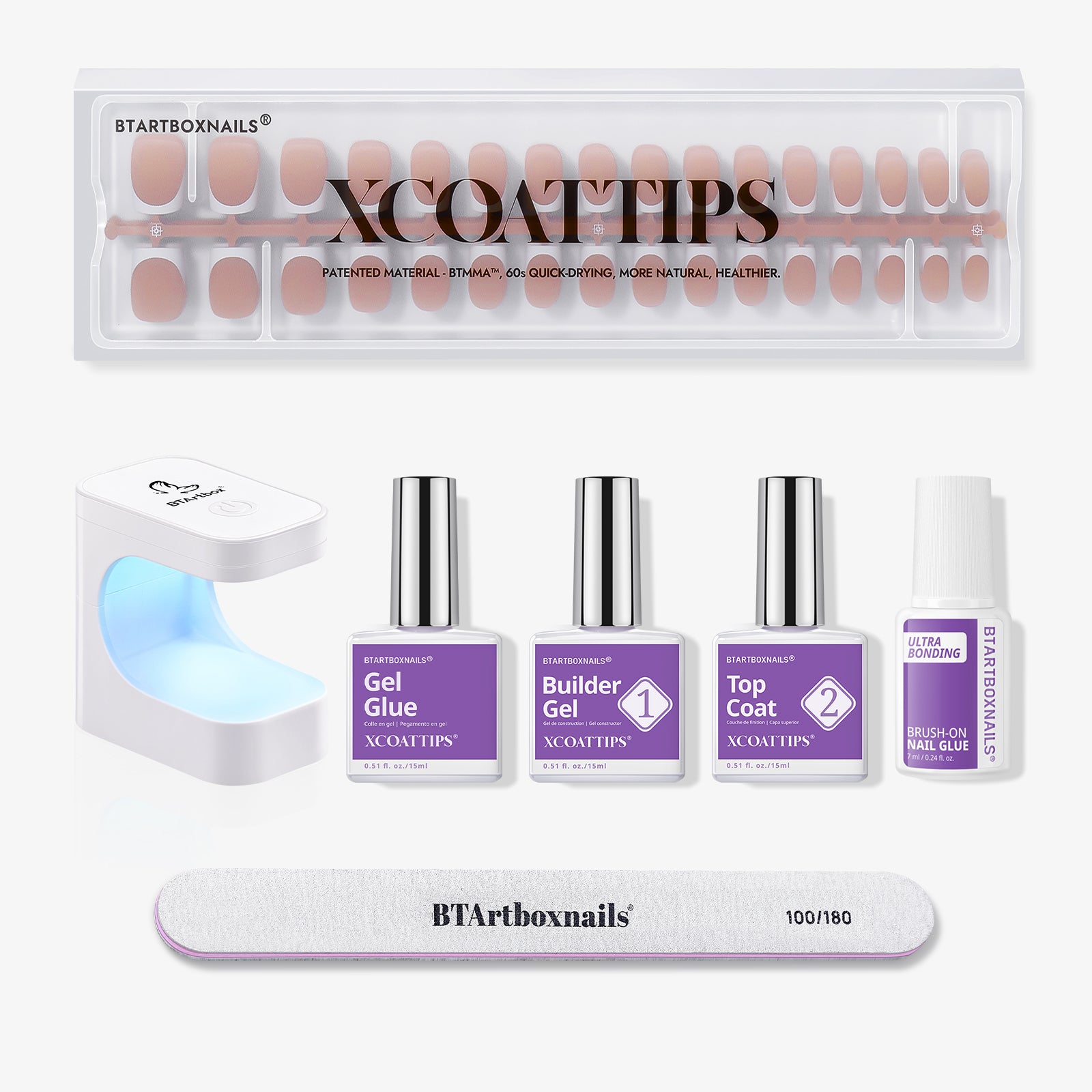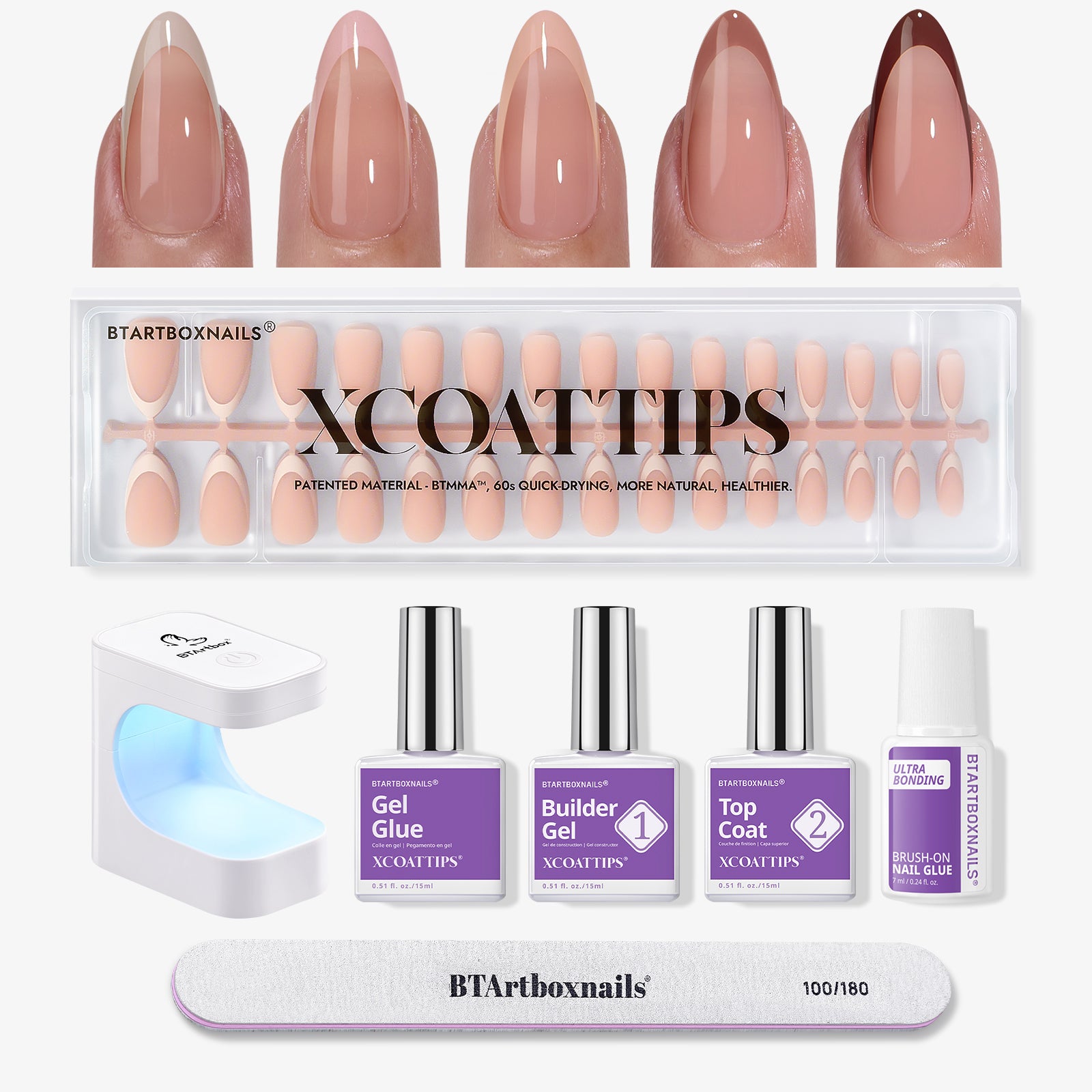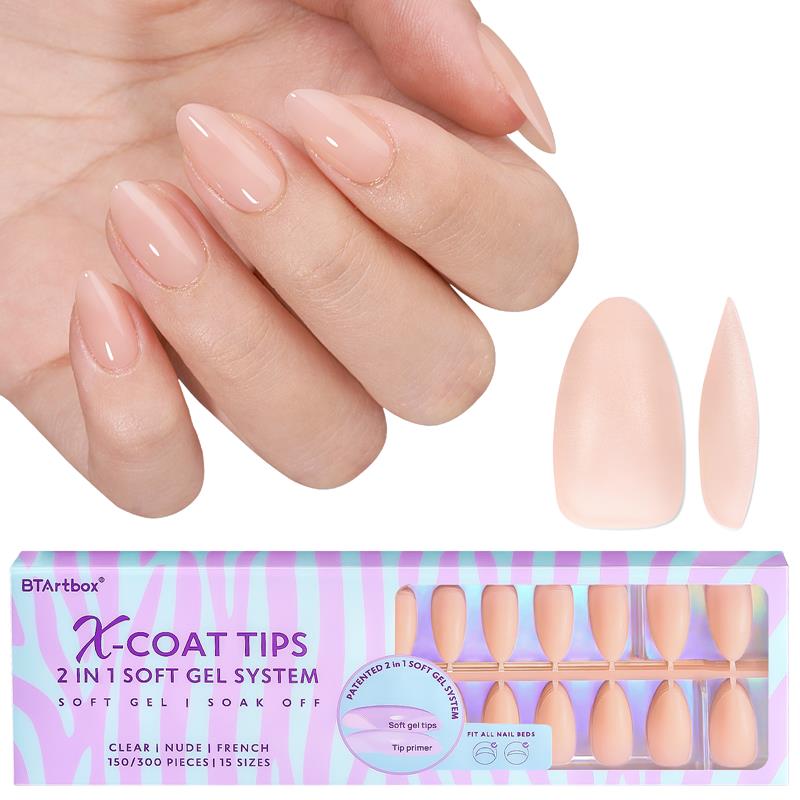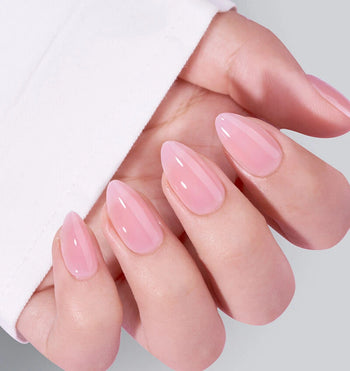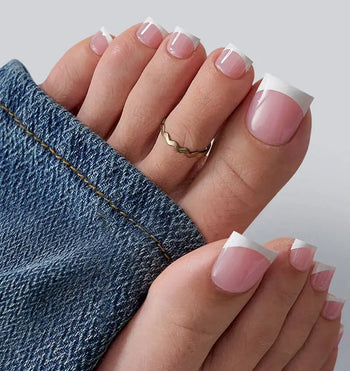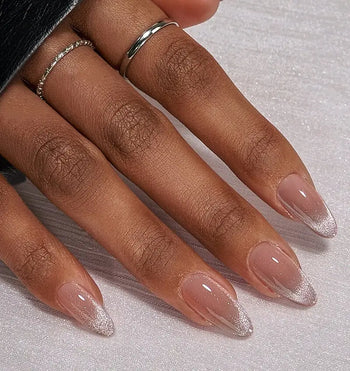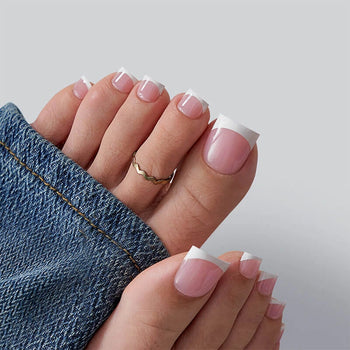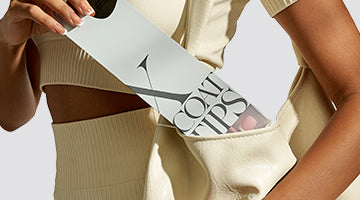If you’ve ever wondered what healthy nails look like, you’re definitely not alone. Healthy nails are one of those sneaky little signs your body gives you about how things are going overall.
Healthy nails usually have a smooth texture, a natural shine, and an even, pinkish tone. They shouldn’t show obvious ridges, dents, or unusual coloring.
You might notice a pale, crescent-shaped lunula at the base of each nail. The skin around the nails, including the cuticles and nail folds, should be whole and free from redness or signs of irritation.
Knowing what healthy nails look like makes it easier to spot early changes—sometimes those changes point to stuff like vitamin deficiencies or anemia. If your nails grow at a steady pace and have a consistent texture, that’s a good sign you’re on track.
It’s worth it to keep an eye on these little details. You can catch problems before they turn into something bigger.
What Do Healthy Nails Look Like?

Your nails say a lot about your health. They should have a steady texture, color, and shape—basically, they should look like you’re taking care of yourself.
Healthy fingernails feel strong, look smooth, and don’t have odd marks or damage. If you run your finger over them, you shouldn’t feel much but a gentle curve.
Smooth, Without Pits, Grooves, Or Deep Ridges
Healthy nails have a smooth surface—no pits, grooves, or deep ridges. Some lengthwise ridges are normal, especially as you get older, but deep grooves or lots of little pits? That’s a red flag for stuff like eczema or psoriasis.
Watch out for bumps or rough spots, too. Those can mean nail plate damage or infection. If you see holes or dents, that’s often a sign of inflammation or problems in the nail bed.
Try to keep your nails clean, and resist the urge to bite or pick at them. It’s way too easy to damage the nail surface that way.
Pinkish‑Pale Color With A White Lunula (Half‑Moon)
Your fingernails should be mostly pinkish-pale. That’s just the blood vessels under the nail bed showing through the transparent plate.
A healthy nail usually has a little white, half-moon shape at the base—the lunula. That’s the visible part of the nail root, and it means your nails are actively growing.
If your nails look very pale or totally white, that could mean poor blood flow or something else going on. But a natural pink tone with a clear lunula? That’s what you want.
Of course, nail color varies a bit from person to person, so don’t stress over tiny differences.
Even Thickness, Slight Curve, Firm But Flexible
Healthy nails have even thickness—no thinning or thick, weird spots. There should be a gentle curve from side to side, not totally flat or super rounded.
Nails should feel firm, not brittle or soft. They need a bit of flexibility so they don’t snap at the first sign of trouble.
If they’re too fragile or too hard, you might be dealing with environmental stuff or a nutrition issue. Hydration and a balanced diet go a long way for nail strength.
Intact Cuticles, No Swelling Or Separation From The Nail Bed
Cuticles are the little protective layer at the base of your nails. They should be intact, smooth, and stick close to the nail fold—no swelling, redness, or gaps.
If you see your cuticle pulling away from the nail bed, bacteria or fungus can sneak in and cause trouble. Try not to cut your cuticles too much—just gently push them back after softening with oil or cream.
This keeps your nails healthier and helps them grow strong.
Want to improve your nail appearance even more? Discover simple steps in our guide: How can I make my nails look better?
Why These Signs Matter

Your nails give you clues about your health. Their texture, color, and strength (and the skin around them) can tip you off if something’s wrong.
Smooth Texture = Good Keratin Structure
If your nails feel smooth, the keratin inside is probably in good shape. Keratin is that tough protein making up your nails.
Bumps, ridges, or rough patches? That could mean weak or damaged keratin. This kind of damage can happen from washing your hands too much, chemicals, or banging your nails around.
Smooth nails mean keratin is growing evenly and strong. That helps keep your nails from breaking.
Pink Color = Healthy Blood Flow Beneath The Nail Bed
That nice pink color comes from healthy blood flow under the nail bed. It means those tissues are getting enough oxygen and nutrients.
Pale, white, or blue nails? That’s a sign something’s up with your circulation. If blood flow is strong, your nails grow better and look healthier.
Changes in nail color can signal infections or circulation problems. So, it’s smart to keep an eye on it.
Firmness + Flexibility = Balance Of Strength And Hydration
Nails need to be firm but not rock-hard. If they’re strong, they can resist breaking, but they also need a bit of give so they don’t snap or crumble.
Too soft and they’ll bend and peel. Too hard and they’ll break. That happy balance comes from hydration and good nutrition—water and vitamin-rich foods do wonders.
Cuticle And Nail‑Bed Integrity Seal Out Infection
The cuticle and skin around your nails act like a natural barrier. They keep germs, fungi, and dirt out.
If your cuticles are cracked or dry, germs can sneak in and cause infections. Healthy cuticles are smooth, not red or swollen.
Moisturize and avoid cutting cuticles too much. That helps keep problems away and lets your nails grow well.
When Nails Signal Health Concerns
Nails can show more than just wear and tear. Sudden changes in color, shape, or texture might point to deeper health issues.
Spotting these signs early can help you get the care you need.
Yellow, Green, Blue, Brown Discoloration = Possible Infection Or Systemic Issue
Yellow nails? That could be a fungal infection or something called yellow nail syndrome, which is tied to lung or lymph issues.
Green nails usually mean a bacterial infection, especially if there’s swelling or pus. Blue nails may mean low oxygen in your blood—think lung or heart problems.
Brown or dark streaks—especially new or weird-looking ones—should get checked by a doctor. Sometimes, they’re a sign of melanoma.
Beau’s Lines (Horizontal Grooves) = Past Illness Or Trauma
Beau’s lines are those horizontal grooves across your nails. They pop up if your nail bed stops growing for a bit—often after a serious illness, injury, or a big fever.
You might not spot them until weeks later. If you see deep or multiple lines, ask your doctor what could’ve caused them.
Spoon‑Shaped (Koilonychia) = Iron Deficiency Anemia
If your nails curve up like little spoons, it’s called koilonychia. That often means iron deficiency anemia—basically, not enough healthy red blood cells.
Other causes can be thyroid disease or tough skin issues around the nails. Iron-rich foods or supplements might help, but it’s best to get a proper diagnosis first.
Clubbing Or Excessive Curvature = Lung, Heart, Or GI Issues
Clubbing is when your fingertips and nails get bigger and curve more than usual. It usually means long-term low oxygen, maybe from lung or heart disease, or even GI issues like Crohn's.
If your nails look rounder and your fingers swell, get a medical check. This can also show up with rheumatoid arthritis or liver disease.
White Discs Or Bands (Leukonychia, Mees’/Muehrcke’s Lines) = Injury, Toxin, Protein Issue
White spots or bands on your nails—leukonychia—usually come from tiny injuries. Bigger white bands (Mees’ lines) across several nails can mean poisoning or kidney/liver problems.
Muehrcke’s lines are paired white bands and can signal low protein or kidney disease. If your nails suddenly change and you feel off, pay attention.
Quick Nail Health Self‑Check

Your nails can give you some clues about your health without any fancy tools. Just pay attention to how they look and feel, and you might catch issues early.
Inspect Daily: Look For Texture, Color, Cuticle Changes
Check your nails every day—look for smoothness and even color. Healthy nails are usually pink with a white tip.
- Rough or bumpy texture
- Yellowing or dark spots
- Thickening or unusual thinning
- Redness or swelling around the cuticles
Cuticles should be intact—not swollen or painful. Peeling skin or pus? That could mean infection or a skin issue.
If you notice sudden or ongoing changes, it might be time to talk to a dermatologist. Sometimes, nail changes are the first sign of something bigger, like a vitamin deficiency or infection.
Press Nail: Should Rebound Quickly (Capillary Refill Test)
Try this: press the tip of your nail until it turns white. Let go and watch how fast the color comes back.
A healthy nail should turn pink again in about two seconds. That quick rebound means good blood flow.
If it takes longer, you might have a circulation issue. This simple test can help you spot problems early.
Compare Fingers/Toes And Track Changes
Look at all your nails—fingers and toes. Healthy nails usually look pretty similar across your hands and feet.
Spot any differences in color, thickness, or shape between nails? That can sometimes point to local or bigger health concerns.
Some people keep a photo record or jot down notes about their nails over time. It helps you and your doctor see patterns or catch changes before they get worse.
Seek Medical Advice If Warning Signs Appear
Don’t ignore certain nail changes. Call your doctor if you see:
- Dark streaks or spots that don’t fade
- Nails pulling away from the skin
- Persistent pain, swelling, or redness
- Severe cracking, splitting, or nail loss
A dermatologist can take a closer look, run tests, and recommend treatments. Early advice can prevent infections or get to the root of other health problems.
Noticing hangnails while caring for your nails? Learn more by reading our article: Causes and Treatment of Hangnails.
How To Keep Nails Healthy
Healthy nails need regular care, good nutrition, and a bit of protection from damage. Simple habits—like trimming, moisturizing, and wearing gloves—make a big difference.
What you eat matters, too. Strong nails start from the inside out.
Keep Them Trimmed, Filed, And Clean
Trim nails regularly to avoid breakage and stop dirt from building up. Use sharp clippers and cut straight across to prevent ingrown nails.
After trimming, file your nails gently with an emery board to smooth rough edges. Skip metal files—they can cause splitting.
Clean nails are happy nails. Wash your hands often and dry them well to keep fungal infections away.
Avoid digging under your nails—it can damage the nail bed and skin. This simple routine helps keep your nails neat and stops problems before they start.
Moisturize Nail Beds And Cuticles Regularly
Your nail beds and cuticles crave moisture to stay healthy and flexible. Dry cuticles crack and invite infection.
I like to use cuticle oil or a thick hand cream every day to keep the skin soft. Products with natural oils—like jojoba or almond oil—or creams with vitamin E work well.
Don’t cut your cuticles. That can harm the nail matrix and slow down nail growth.
Instead, gently push them back after softening them with oil or moisturizer. It’s a simple step, but it makes a difference.
Eat Protein‑Rich, Vitamin/Iron‑Balanced Diet (Biotin, B12, Iron)
Strong nails really start with what you eat. Protein is a building block, so try adding eggs, lean meats, beans, or nuts.
Vitamins and minerals matter too. Focus on biotin (you’ll find it in eggs, nuts, and whole grains), vitamin B12 (fish and dairy), and iron (meats, spinach, lentils).
Low levels of these can cause weak, brittle nails or slow growth. Zinc and calcium help keep nails strong as well.
Eat a variety of whole foods to avoid missing nutrients. If you think you have a deficiency, talk to a doctor before grabbing supplements.
Avoid Harsh Chemicals, Frequent Polish, And Biting Cuticles
Chemicals in cleaning products and some nail care treatments dry out or damage nails. Nail polish removers with acetone strip away natural oils and weaken nails—so I always reach for acetone-free removers if I can.
Wearing polish all the time can make nails dry and brittle. Give your nails a break between manicures, especially with acrylics or gels.
Biting cuticles or nails damages the skin and lets germs in. I’ve found that keeping my hands busy or using bitter-tasting polish helps stop the habit.
Use Protective Gloves For Cleaning And Gardening
Whenever I clean with strong chemicals or dig in the garden, I grab gloves. Water and chemicals strip away oils that protect nails, making them brittle and more likely to break.
Pick waterproof gloves that fit well. Change them if they get damp inside, since moisture buildup weakens nails and skin.
Wearing gloves also keeps your nails safe from dirt and infections. It’s a tiny effort for a big payoff.
Curious about changes in nail shape? Find explanations in our guide: Why Do My Nails Curve Down When They Get Long?
What Healthy Nails Say About You
Take a close look at your nails—they reveal a lot about your body’s current state. They show signs of good health, like proper nutrition and hydration.
Sometimes, nails quietly hint at hidden health issues you might not even notice.
Smooth + Pink = Good Overall Health
If your nails are smooth, without pits or grooves, and have a natural pink color, you’re probably in good shape. That pink comes from healthy blood flow under the nail.
Nails like this suggest your heart and circulation are doing their jobs. Ridges, dents, or discoloration mean you might need to pay closer attention.
Smooth, even nails show your body’s getting what it needs to grow strong cells. Nails that break easily or look brittle? That could hint at vitamin or mineral shortages.
Proper Structure = Balanced Nutrition + Hydration
Healthy nails grow about 3 millimeters per month. When nails feel firm but flexible, you’re likely eating enough protein, biotin, zinc, and iron.
Hydration matters, too. If your nails peel or crack, maybe you need more water or moisturizer.
Eating protein-rich foods like eggs and meat helps keep nails tough. I like to think of nails as little mirrors reflecting how balanced your diet is.
Chat About Your Nails? They Can Reflect Hidden Health Issues
Sometimes, nail changes mean more than just diet or dryness. Yellow or thick, crumbling nails can point to infections or even lung conditions.
Dark streaks under the nails are sometimes harmless, but you should ask a doctor about them. If your nails retract or change shape fast, it might signal thyroid problems or other health issues.
Notice any swelling or sudden change? It’s smart to talk to a healthcare provider if something seems off.
Final Thoughts
Knowing what do healthy nails look like can help you spot early signs of health issues and keep your hands looking their best. Smooth, shiny, and pinkish nails with intact cuticles are all good signs your nails are healthy.
If you notice changes like ridges, discoloration, or swelling around the nail, it might be time to pay extra attention or talk to a doctor.
Taking care of your nails is easy with a few simple habits like moisturizing, trimming, and avoiding harsh chemicals. Healthy nails not only look great but also show that you’re taking care of yourself. Start checking your nails today—they might be trying to tell you something important
If your nails feel weak, find the right products and advice by reading our guide on the Best Polish for Weak Nails: Tips for Stronger Nails.
Frequently Asked Questions
What do sick fingernails look like?
Sick fingernails usually show visible changes. They might turn white, yellow, or even blue.
You could spot thickening, ridges, or pitting (those little dents or holes). Nails can split easily or grow unevenly if you’re unwell.
Yellow nails sometimes mean a fungal infection or lung issues. White nails might point to anemia or liver disease.
These changes aren’t always serious, but if they stick around or get worse, it’s smart to get checked by a healthcare provider.
What are the nail signs of vitamin D deficiency?
Vitamin D deficiency can make your nails weak and brittle. You might notice they break or peel more often.
Nail growth might slow down, too. Sometimes, small white spots show up, though those aren’t only linked to vitamin D.
Vitamin D helps your body absorb calcium, which is key for strong nails. If your nails change and you don’t get much sun or eat a poor diet, maybe check your vitamin D levels.
Are soft nails healthy?
Soft nails usually aren’t healthy. Nails that bend or tear easily can mean you’re low in nutrients like iron, protein, or biotin.
Too much water exposure or harsh chemicals can weaken nail structure. To help soft nails, keep them moisturized, skip harsh soaps, and eat a diet rich in vitamins and minerals.
What do nails look like with heart problems?
Nails can show heart problems by changing color and shape. Blue or purple nails may mean poor oxygen from the heart.
Clubbing—where nail tips widen and curve downward—is another sign. This happens when the heart or lungs aren’t working well.
Swelling or redness around the nail might point to circulation issues. If you notice these signs, especially with symptoms like shortness of breath, you should seek medical advice.
What does the half moon on fingernails mean?
The half moon at the base of your nail is called the lunula. You’ll usually spot it most clearly on your thumbs.
A healthy lunula looks white or pale, shaped like a crescent. If it fades away or changes color, that could hint at issues like anemia or even heart problems.
Lunula size and visibility really do vary from person to person. Some folks just have small or barely-there lunulas, and that’s totally normal.
If you notice your lunula changing color or shape, especially along with other weird nail changes, it’s probably smart to check in with a healthcare expert.
